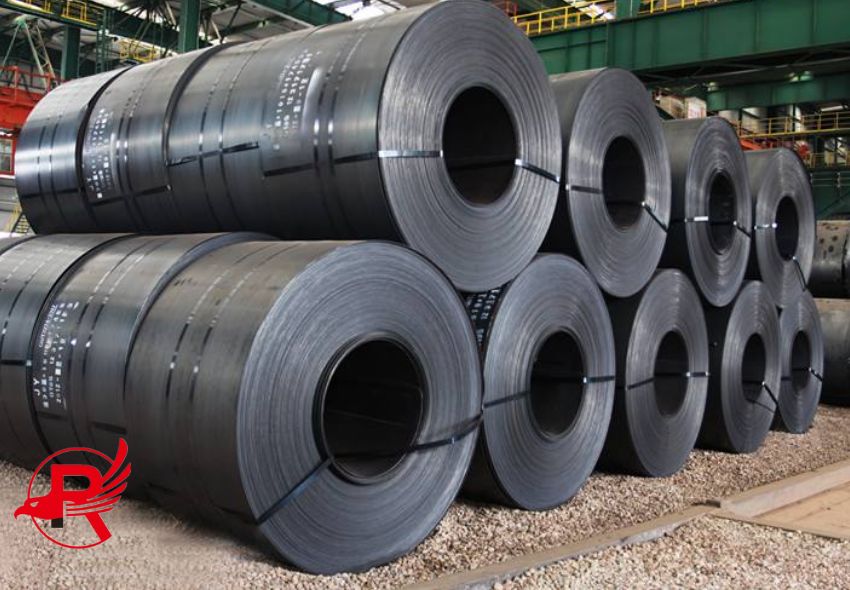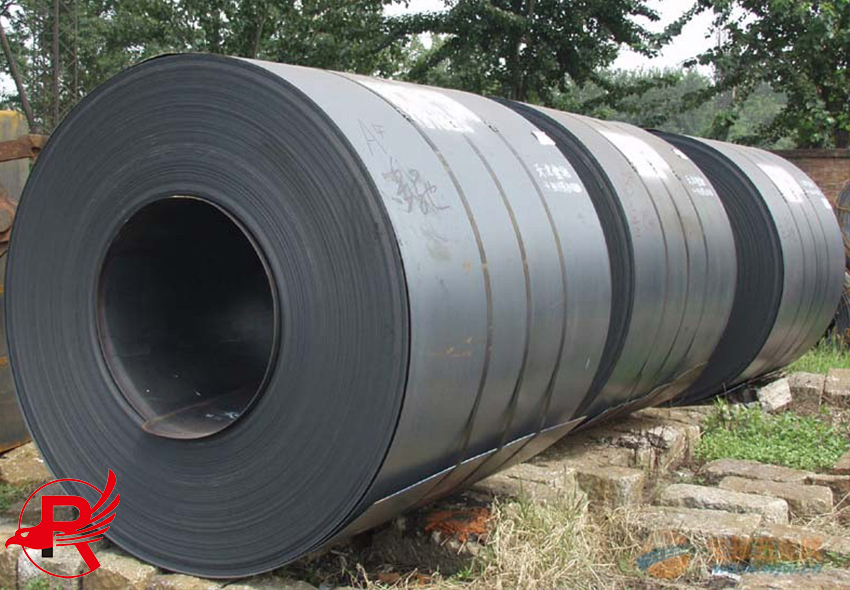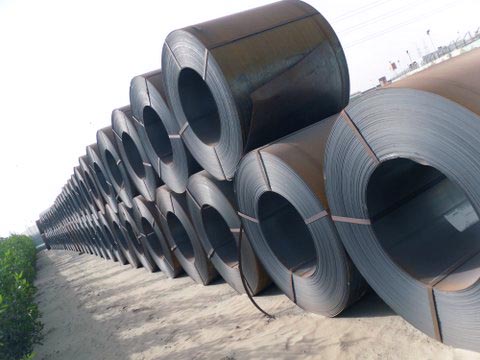In the modern industrial system, hot-rolled steel coils are basic materials, and their diversity of models and performance differences directly affect the development direction of downstream industries. Different models of hot-rolled steel coils play an irreplaceable role in the fields of construction, automobiles, energy, etc. with their unique chemical composition and mechanical properties. The following will focus on analyzing the hot-rolled steel coil models with the highest market demand and their core differences.

Basic Main Force: Q235B and SS400
Q235B is the most commonly used low-carbon structural steel in China, with a carbon content of about 0.12%-0.20%, and has good plasticity and welding properties. Its yield strength is ≥235MPa and is widely used in building frames, bridge supports and general mechanical parts. In the construction industry, I-beams, channel steels and other steels made of Q235B hot-rolled steel coils account for more than 60%, supporting the skeleton of urban infrastructure.
SS400 is an internationally used carbon structural steel with similar strength to Q235B, but stricter control of sulfur and phosphorus impurities and better surface quality. In the field of shipbuilding, SS400 hot-rolled coils are often used for hull structural parts. Its seawater corrosion resistance is better than ordinary carbon steel, ensuring the safety of ocean voyages.

High-strength Representatives: Q345B and Q960
Q345B is a low-alloy high-strength steel with 1.0%-1.6% manganese added, and the yield strength is above 345MPa. Compared with Q235B, its strength is increased by about 50%, while maintaining good weldability. In bridge engineering, box girders made of Q345B hot-rolled steel coils can reduce weight by 20%, significantly reducing engineering costs. In 2023, domestic bridge construction will consume more than 12 million tons of Q345B hot-rolled coils, accounting for 45% of the total output of this type.
As a typical representative of ultra-high strength steel, Q960 achieves a yield strength of ≥960MPa through microalloying technology (adding vanadium, titanium and other elements) and controlled rolling and controlled cooling processes. In the field of engineering machinery, the thickness of the crane arm made of Q960 hot-rolled coil can be reduced to less than 6mm, and the load-bearing capacity is increased by 3 times, which promotes the lightweight upgrade of equipment such as excavators and cranes.

Special Benchmark: SPHC and SAPH340
SPHC is a high-end product among hot-rolled low-carbon steels. By optimizing the rolling process to control the grain size, the elongation reaches more than 30%. In the home appliance industry, SPHC hot-rolled coils are used to manufacture refrigerator compressor housings. Its deep drawing performance ensures that the qualified rate of complex curved surface forming exceeds 98%. In 2024, the consumption of SPHC hot-rolled coils in the domestic home appliance field will increase by 15% year-on-year to 3.2 million tons.
As an automotive structural steel, SAPH340 achieves a balance between strength and toughness by adding 0.15%-0.25% carbon and trace boron. In the manufacturing of new energy vehicle battery frames, SAPH340 hot-rolled coils can withstand dynamic loads of more than 500MPa and meet the requirements of spot welding processes. In 2023, the proportion of hot-rolled coils of this type used in domestic new energy vehicles has reached 70% of battery structural parts.
| Model | Yield Strength (MPa) | Elongation (%) | Typical Application Scenarios |
| Q235B | ≥235 | ≥26 | Building structures, general machinery |
| Q345B | ≥345 | ≥21 | Bridges, pressure vessels |
| SPHC | ≥275 | ≥30 | Home appliances, auto parts |
| Q960 | ≥960 | ≥12 | Engineering machinery, high-end equipment |
If you want to know more about steel, please continue to pay attention or contact us.
ROYAL GROUP
Address
Kangsheng development industry zone,
Wuqing district, Tianjin city, China.
Phone
Sales Manager: +86 153 2001 6383
Hours
Monday-Sunday: 24-hour Service
Post time: Apr-02-2025

